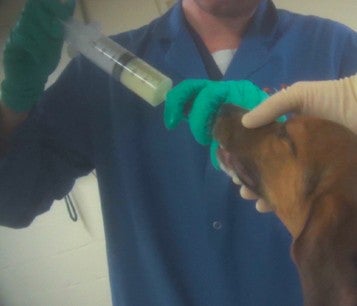
Each year, it is estimated that more than 50 million dogs, cats, monkeys, rabbits, rats and other animals are forced to endure painful experiments in the U.S. These animals are deliberately sickened with toxic chemicals or infected with diseases, live in barren cages and are typically killed when the experiment ends. But humans and animals are very different, so outdated animal experiments often don’t accurately mimic how the human body will respond to drugs, chemicals or treatments.
Replace animal experiments with sophisticated alternativesStand with us to demand that the federal government, state governments, companies and universities stop relying on outdated animal experiments.

The world is moving toward a future dominated by more sophisticated alternatives to animal experiments that use human cells, tissues and organs, artificial intelligence, 3D bioprinting, robotics, computer models and other technologies to create experiments that don't rely on animals. These technologies are better for both animals and humans because they are typically faster, less expensive and more accurate than the outdated animal experiments that have been not improved for decades. With your help, we can make sure that the transition to advanced non-animal methods happens more quickly.
Video DetailsIs animal testing the best means of achieving human safety, concerning our use of drugs and chemicals? After hearing Thomas and others, you be the judge.